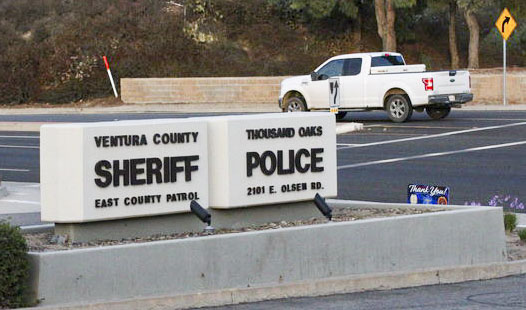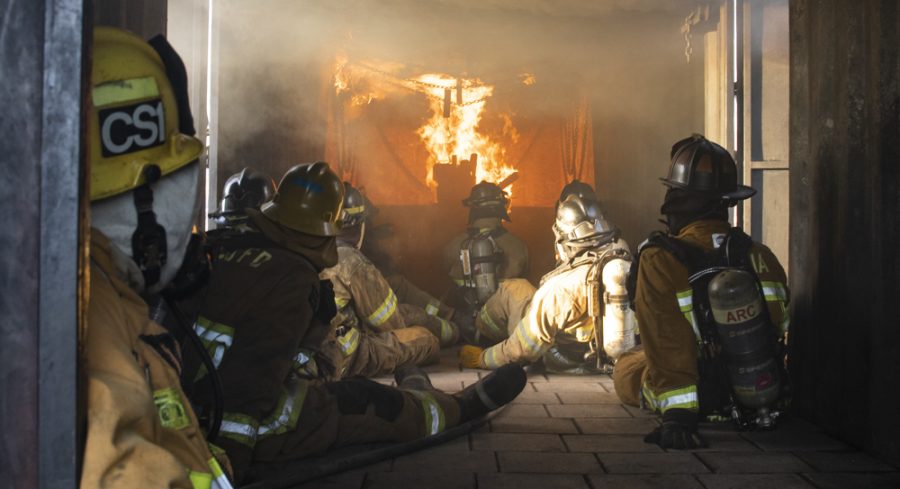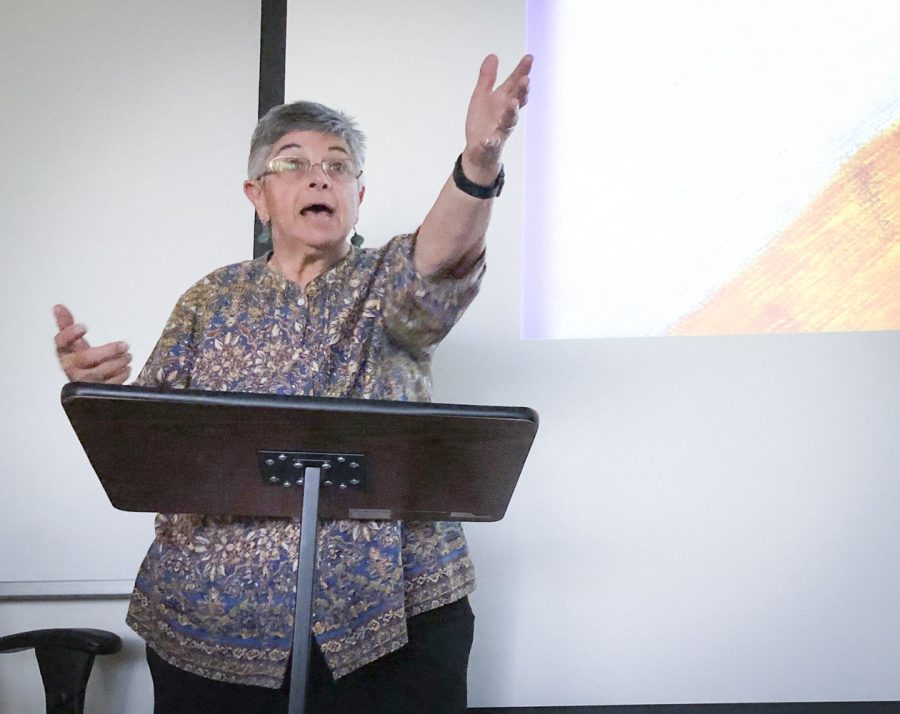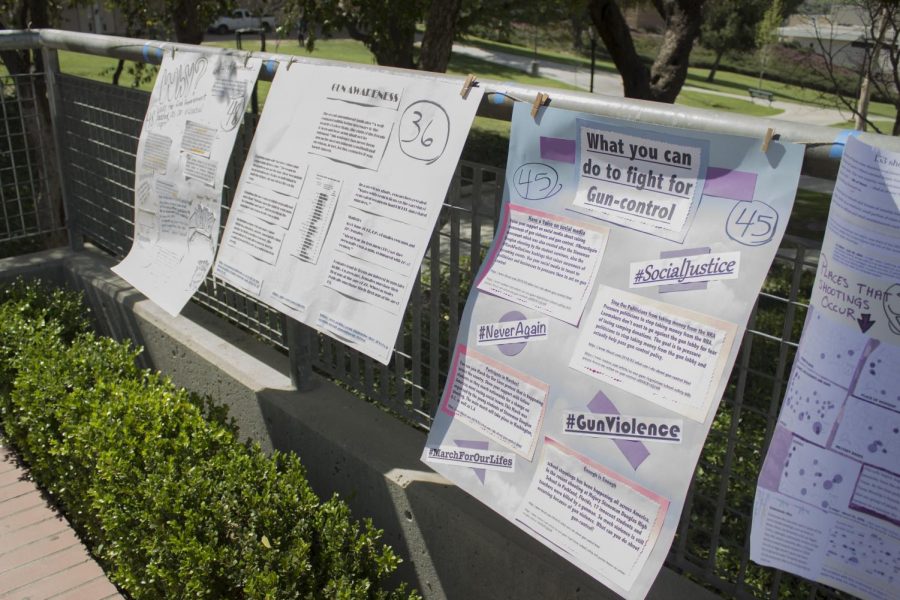Ever since we were little kids, we’ve been told stuff that turned out to not be true. Take good ol’ Saint Nick for example. We also learned things like don’t start a sentence with And. And that turned out to be false as well.
We get told quite a few things that aren’t as they seem by a lot of people. Take this for example.
“Recycling may be the most wasteful activity in modern America, a waste of time and money, a waste of human and natural resources.” Now, that quote’s from some right-winged nut job, right? Nope. This quote is courtesy of the New York Times.
We need a 21st century look at recycling, and realize how ineffective the current process is and how misled the recycling consumer has been. This is important because us as taxpayers are spending an estimated $8 billion a year on a system to protect the environment that’s not really working.
If we’re going to be serious about this, we need to start with the history of recycling.
According to the widely used, and narrowly accepted Wikipedia.org, the modern recycling movement started in 1987 when a barge called the MOBRO 4000 took a load of New York city trash to North Carolina to dump it at a cheaper cost then dumping it locally. Well on the way down, North Carolina didn’t want it and the media picked it up. Then the MOBRO 4000 went up and down the coast looking for a place to dump the load. Eventually it went back to New York and the trash was burned in an incinerator.
The EPA and the government saw a “problem” & BOOM! The recycling movement started.
But why do people recycle? Well, It feels good. It saves resources and its good for the environment, it saves money and it saves landfill space. That’s what we’ve been told since forever, right?
Well, there’s a bit of a problem there. First, it doesn’t really save resources. Most of the things we recycle are “renewable” resources, meaning we keep making them.
“Paper is an agricultural product made from trees grown specifically for paper production,” said John Tierney of the New York Times. “Acting to conserve trees by recycling paper is like acting to conserve strawberries by cutting back on strawberry consumption.”
We don’t worry about wood wasting trees, why paper? And how about glass? Glass is made of sand, and we’re not running out of that.
Here’s the one good point. Recycling aluminum cans is 95% effective. According to reports it is much easier to clean and melt down aluminum and remake it than it is to mine it from the ground. That’s why you see the bums out there collecting it from public trash cans. It turns a profit and it’s much easier to make again.
Recycling is not necessarily good for the environment and a special on Showtime helps explain it well. We have two cans for waste. A green can for trash and a blue can for recyclables.
This requires a separate truck, so two times the truck pollution right off the bat. Then it has to be sorted and cleaned using water resources, mashed up or cut or crushed or whatever it needs to be done. All this is a manufacturing process which produces pollution. Then it’s taken to a different facility to be stored and reproduced. Meaning more truck pollution and more manufacturing pollution. So by now, the one water bottle has basically been manufactured twice, to make a substandard product, like shoelaces or an uncomfortable bus-stop bench.
The money doesn’t really add up like the new plan for the city of Oxnard.
According to the Ventura County Star, The city of Oxnard has decided to add a third can, for recycling only. The city has two bins. One with a divide in it for recycling. It’s going to cost the city $400,000/year for ten years. The city says it is going to save $192,000/year in lost sales of recycled goods and $120,000/year in landfill and transport costs.
Math whizzes have already figured it out, but the city of Oxnard is saving $312,000/year, while spending 400k, amounting to a net loss of $88,000/year.
According to Daniel K. Benjamin, professor at Clemson university and author of “8 great myths about recycling,” on a national standard, recycling facilities don’t make back the money it costs to reproduce the recyclables when they sell them, so the government spends $8 billion a year in subsidies.
That’s our tax dollars getting thrown in a landfill like regular trash.
On that landfill note, we’re not running out of landfill space and those landfills are actually very eco-friendly.
According to the Competitive Enterprise Institute, we are not in danger of running out of landfill space. According to an article published in the Wall Street Journal, for comparison’s sake, a landfill 35 miles on each side, 200 feet high would hold our nations trash for 1000 years.
No one is suggesting that but we can see that that would be a very small portion of our countries actual space.
Landfills are kinda like trees for the envoi-nuts. With recycling we’re saving space in those dirty, nasty eco-disaster landfills. But have you ever been to Simi Valley, because most people who drive through there don’t even realize that one of the Country’s largest landfills is tucked right in little Simi Valley.
They don’t smell bad. The produce that’s grown in Oxnard often smells worse than the 5,000 tons of trash that is legally aloud to be dumped in the landfill everyday. Landfills are actually very safe and according to the Simi Landfill website, this particular landfill exceeds EPA standards.
Before a landfill can even be made, it has to be away from groundwater. Then they lay down two feet of hard rock and impermeable clay, and then layers of dirt. No trash is left uncovered after a day of work, and when a landfill is full, you can plant trees, and grass, and have a park or a golf coarse.
When you have active decomposition, it produces methane gas which can be explosive. Waste management collects it and plans on piping it to a power substation where it has the potential to power around 5,000 homes in Simi Valley. They also use reclaimed water in their process.
According to the Star, 50% of the glass bottles that are recycled in Ventura County are allowed to end up in landfills and in many instances they do. When the truck with the recyclables from the blue bin makes it to the recycling plant, it has to be sorted and anything that can’t be recycled gets thrown away anyway.
But why do we keep doing it? Well, it’s a bit of a Government Bureaucracy. Most recycling is mandated by at least a percent. What can we do to fix it, well, we can’t do much. But here’s what government can do.
Sell municipal recycling to private industry. Private industry can take over, improve efficiency to turn a profit, increases competition and drive up productivity and start making real progress.
Stop subsidizing. Take the $8 billion and put it towards environmental research or recycling research. For the city of Oxnard, that $88,000 can be to hire one cop, two teachers, or a thousand trees.
So here’s the thing. We don’t need to stop recycling, but we need to be aware of what we are doing. Don’t just take everything your government tells you for granted and make sure you look into what you’re doing. We might not be able to do anything as consumers, but a well informed consumer is a bureaucrat’s worst nightmare.





